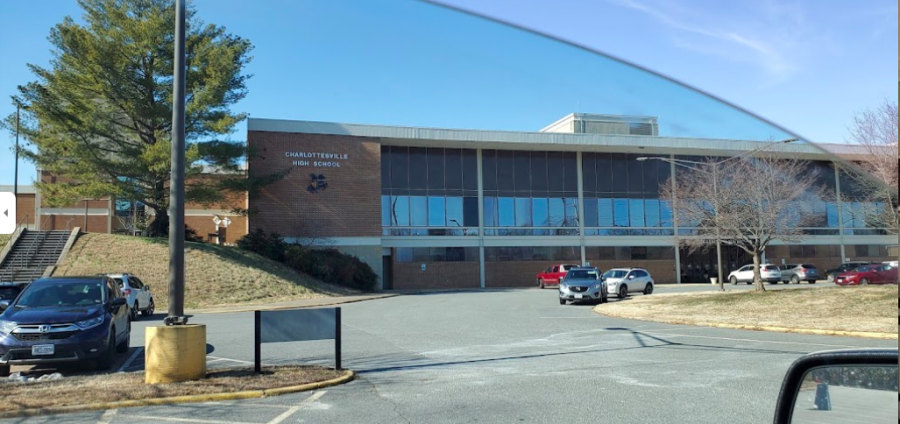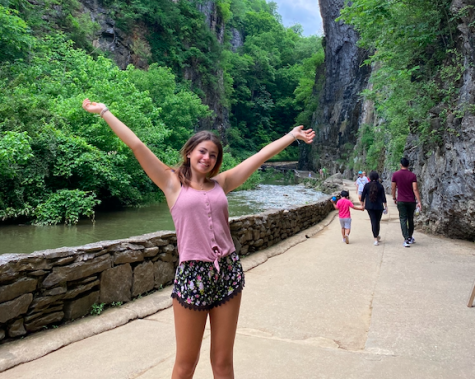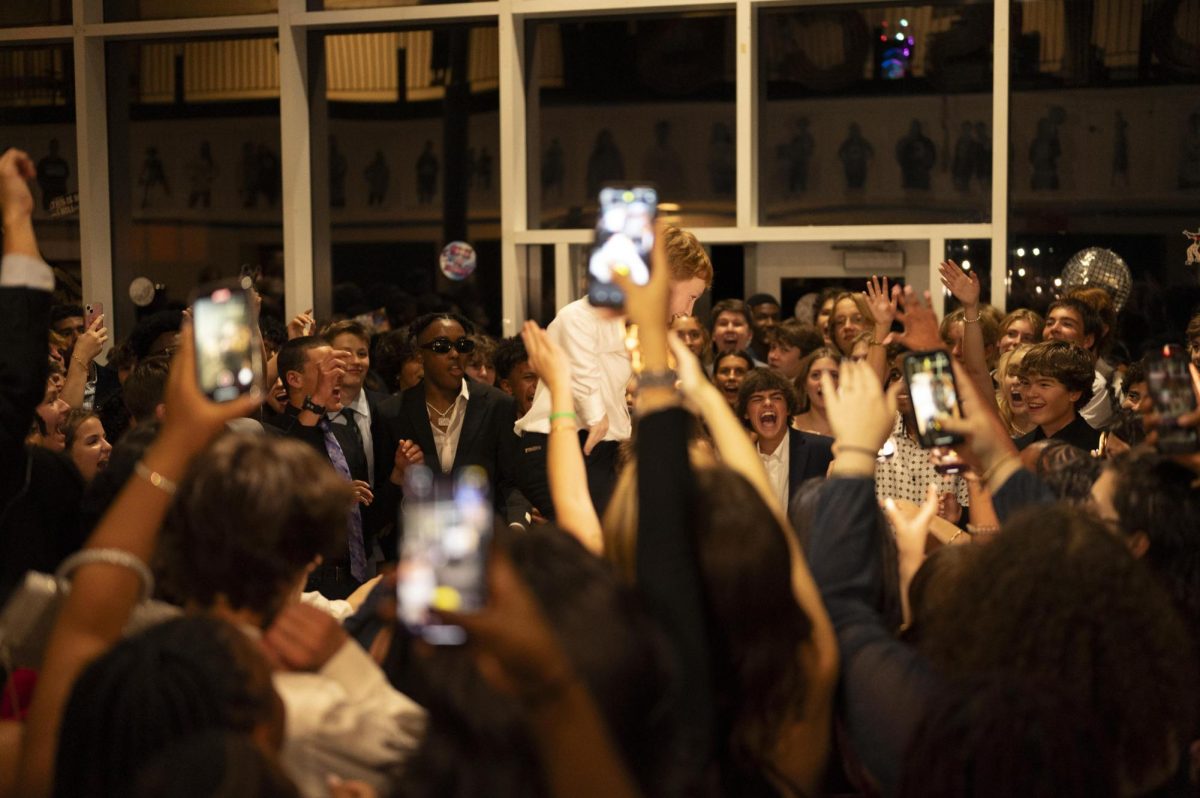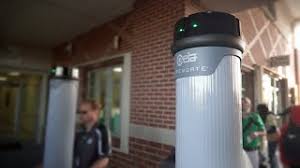CHS is One Step Closer to Defeating the School to Prison Pipeline
December 15, 2021
In the fall of the 2020-21 school year, former superintendent Dr. Rosa Atkins appointed a committee to provide recommendations for school safety. This was prompted by Charlottesville City Schools and the Charlottesville Police Department jointly ending the 2016 Memorandum of Understanding (MOU) for School Resource Officers (SROs).
A Memorandum of Understanding is a legal document describing a bilateral agreement between two parties. Virginia state law says that each year the school district has to have an MOU with the police department, but due to Covid-19 and the lack of people in the building, there was no need for SROs, and the MOU lapsed.
It was revisited during the remote 2020 school year when the social climate was sensitive towards police presence following the murders of George Floyd and countless other victims of police brutality.
Dr. Atkins put together a school safety committee that would revisit the SRO model and convince the school board if it was necessary to have officers in the building. The committee presented research to the school board that showed the benefits and detriments of keeping SROs. The decision lay in the hands of superintendent Atkins and the school board, whose primary question was, “What is the purpose of school resource officers?”
The committee defined the goal of SROs as to “maintain safe and supportive school environments for all students and staff to thrive via a preventative and proactive approach.” This is consistent with what CHS students have seen our school officers do, according to a survey sent to the student body. “From my perspective, SROs have always been in the building to keep us safe from outside threats,” says Dr. Irizarry, CHS principal, “however, there was not enough research to give us a definite reason to keep officers in the building.”
School officers are authorized by the government to press legal charges on students. Trends show that having officers in schools creates a “school-to-prison pipeline”, which is the disproportionate tendency of minorities and others from disadvantaged backgrounds to become incarcerated due to harsh school policies. Experts have identified factors such as zero tolerance policies and police presence in schools as large contributing factors to the pipeline. Ridding SROs brings us one step closer to terminating the school to prison pipeline.
The school safety committee developed a model that excludes the presence of law enforcement in the building while proposing ways other adults can ensure school safety. These new sets of eyes are called Care & Safety Assistants (CSAs). CSAs serve the same inherent duties of our former SROs but lack the ability to press charges on students. The committee created a list of duties for our CSAs (see Fig. 1) that mimic those of SROs while eliminating concerns about lack of school safety.

CHS had two SROs, Officer Nash and Officer McKeown, who wanted to be here and create relationships with students. According to the survey, students and teachers reported having positive interactions with our officers. Although this is great, these interactions don’t overrule the ambience the officers carried. “I personally have never had a bad experience with them, but I know that some students who look different than me might be uncomfortable with them,” a junior recounts.
Dr. I expressed his view on this: “One thing we’re really cognizant of at this school is our perception. We have a diverse group of students from different socioeconomic backgrounds, and from what we’ve heard from our brown and black students is that the presence of officers alone is triggering.”
After looking at the inappropriate use of school resource officers in other communities and the negative media attention towards police, the school board found that school administration taking discipline into their own hands is more apt than having law enforcement settle altercations. “Students and police do not need to be interacting at all unless it’s something positive” says Dr. I.
Charlottesville has a fairly progressive school district and is one of the only schools in the nation attempting this new safety model. High schools across the country are calling the CHS office asking how the new setup is working and what we did to get here.
CHS still has an MOU with the Charlottesville Police Department, and the state of Virginia requires the school to report incidents relating to drugs and weapons to Charlottesville Police Department. However this doesn’t mean CPD is required to press charges against students. CHS works with mental health resource agencies like Region 10 instead of pressing charges in attempt to reduce the risk of the school to prison pipeline.






